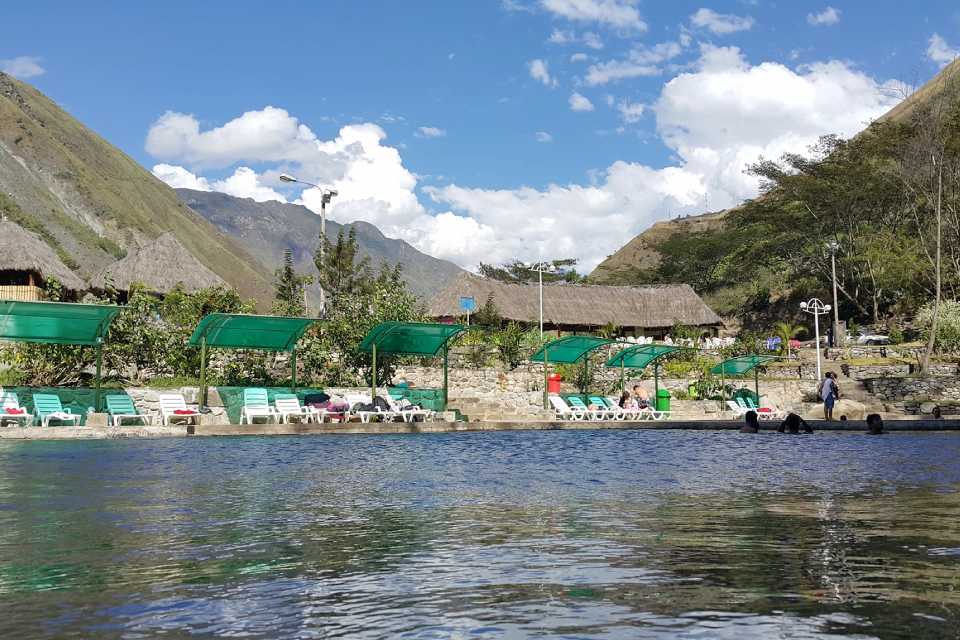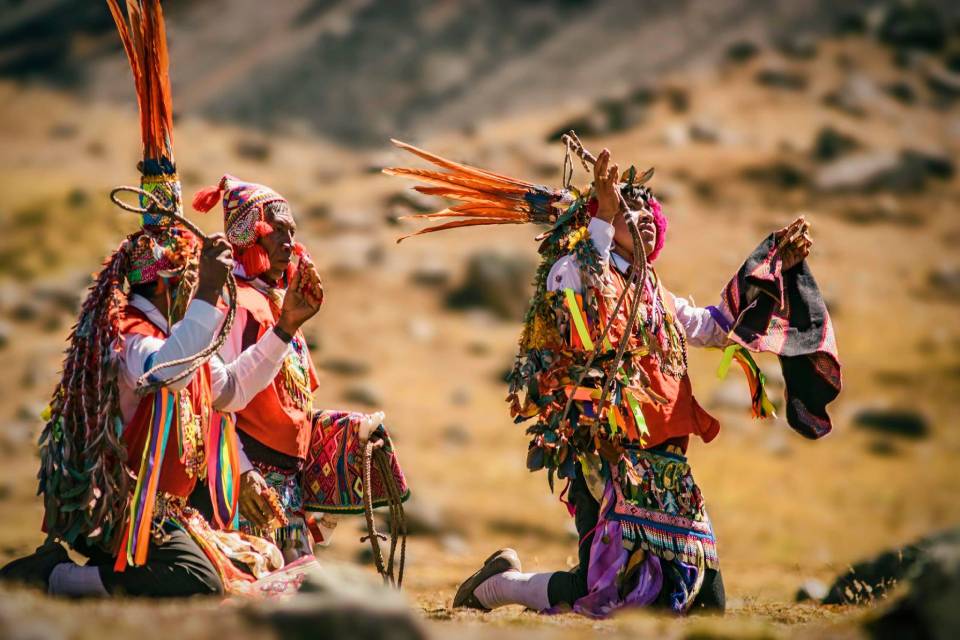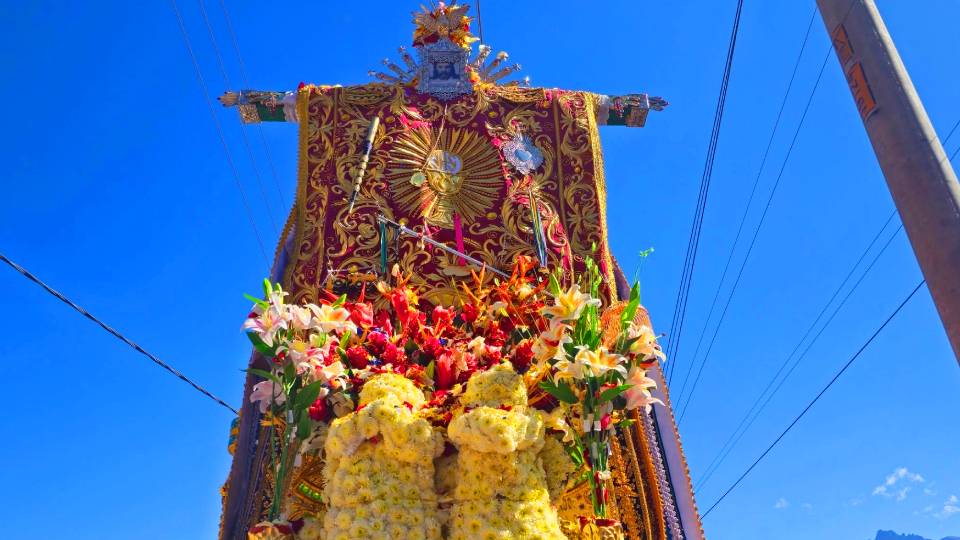Bienvenidos a nuestro blog de Trekero, tu guía para descubrir las maravillas de Perú. Juntos exploramos lo mejor de este país lleno de historia, naturaleza y cultura que siempre logra sorprender. A través de nuestras publicaciones, te invitamos a conocer no solo los destinos turísticos más emblemáticos, sino también a aventurarte por paisajes únicos: desde los majestuosos Andes hasta las vastas selvas del Amazonas. Te llevaremos a recorrer los enigmáticos caminos de Machu Picchu, las playas paradisíacas de Máncora, la magia de Cusco, la exuberancia de la Amazonía y la mística belleza del lago Titicaca. Cada rincón de Perú guarda una sorpresa esperando por ti.
En Trekero, nos apasiona compartir contigo los secretos de Perú, a través de nuestros blog inspirarte a explorar cada rincón y brindarte información práctica, desde cómo llegar al sitio, que hacer en cada lugar, como recorrer senderos únicos, como disfrutar de la gastronomía peruana, entre otros consejos mágicos, para que tu aventura sea inolvidable y única. Prepárate para un viaje único lleno de cultura, historia y paisajes que te dejarán sin aliento.




